You have 0 product(s) in your cart.
Abyss Scuba Diving
Top 10 Must-have Scuba Gear Items For Safe & Enjoyable Diving
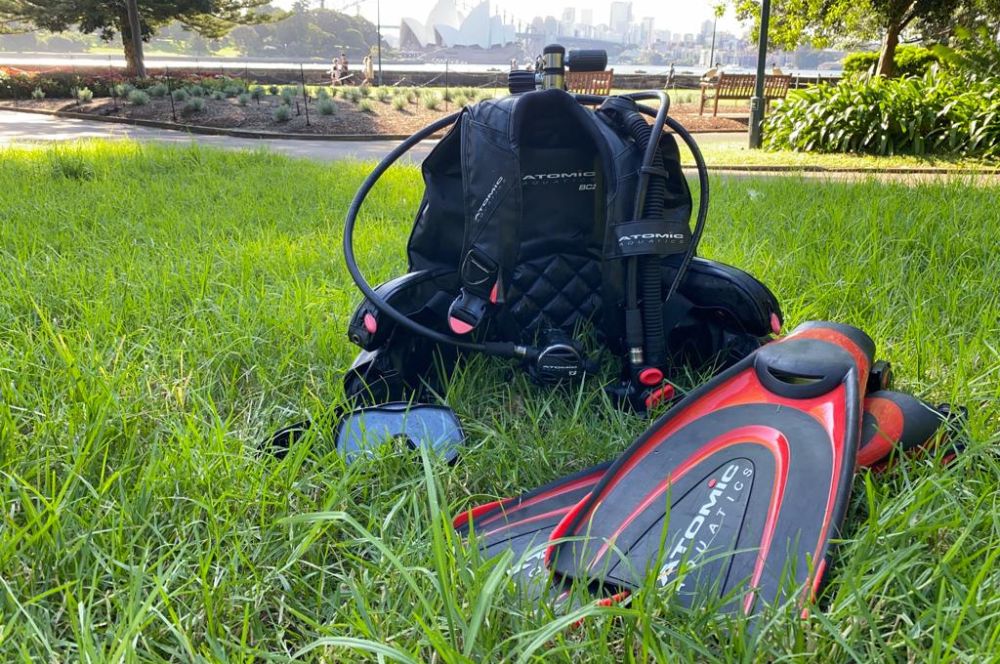
Top 10 Must-Have Scuba Gear Items for a Safe & Enjoyable Dive Experience
Nothing can compare to scuba diving - it's an electrifying, enthralling experience that will create memories you'll cherish for years. Getting the right scuba diving equipment ensures your enjoyable and secure scuba diving journey! From wetsuits and dive computers to fins, masks and other necessary items, this blog post covers everything you need to know about which must-have scuba diving gear is needed to get the most out of every scuba dive.
A well-fitting mask and snorkel are essential for every scuba dive, allowing you to see clearly and breathe comfortably underwater. Investing in a high-quality scuba diving mask and snorkel that fits securely and comfortably is crucial. One consideration when selecting a scuba mask is the colour of the skirt: black skirts can help reduce glare and improve focus, while clear skirts allow more light in, enhancing peripheral vision. When choosing between a single or double-lens scuba mask, consider that single-lens masks can provide a broader field of view, especially for those with broad brows. However, double-lens scuba masks can accommodate corrective lenses more easily.
To ensure a proper mask fit, perform a fit test by placing the mask on your face without the strap, inhale gently through your nose, and ensure the mask stays in place without air leakage.
Additionally, various types of snorkels, such as dry and semi-dry, are available, each with benefits. I have always said that a snorkel is a snorkel; you need one, but it doesn't need to be fancy. However, I recently tried the Atomic SV2 snorkel with its Scupper Valve technology and an additional feature: the semi-dry top. Now I am a convert; this makes snorkelling after my scuba diving a pleasure no matter the surface conditions.
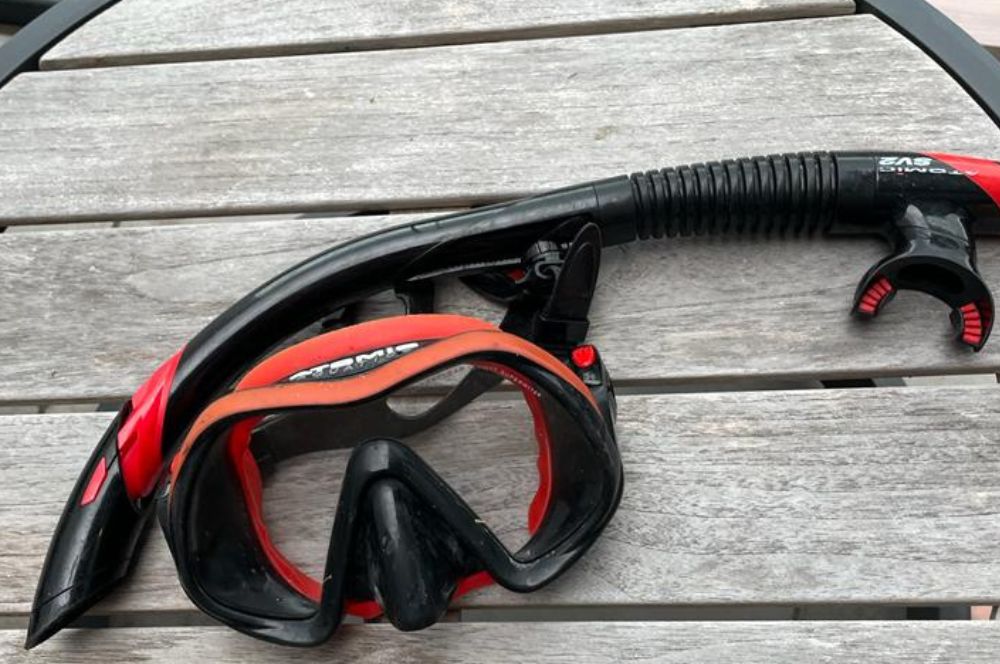
Fins
Fins serve the primary purpose of helping divers move through the water with ease while conserving energy. As a result, they are critical for reducing fatigue and extending dive times. When selecting the right pair of fins, you must consider personal preferences, scuba diving style, and conditions.
Two choices stand out when deciding on the right fin type for scuba diving: blade fins and split fins. Blade fins offer more power and control but require greater effort while underwater; however, they are recommended for technical dives. On the other hand, split fins provide enhanced efficiency resulting in improved air consumption - making them ideal for recreational dive enthusiasts.
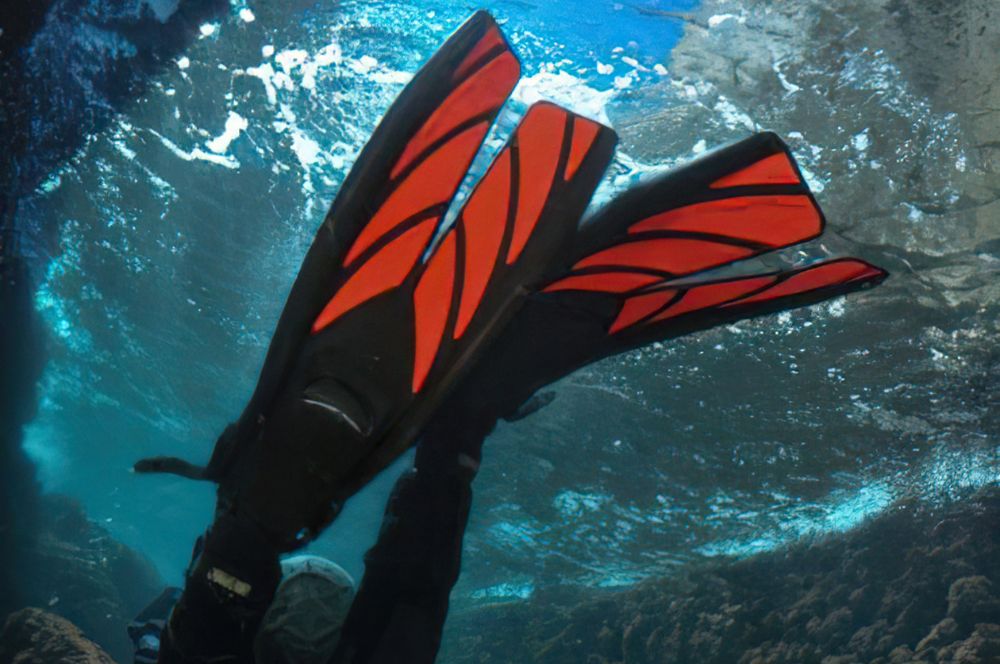
Regulator
A regulator is the prime piece of scuba diving gear; without it, you literally cannot scuba dive. When choosing the right regulator for your scuba tank, there are two main types: balanced and unbalanced. Balanced scuba regulators provide a steadier airflow regardless of tank pressure, providing divers with an effortless breathing experience underwater. Furthermore, consider connection types like DIN or Yoke when selecting a regulator. Research well-known brands and models before investing in one, as regular maintenance is paramount for secure operation and maximum performance!
Dive Computer
Dive computers are imperative to track depth, bottom time, and decompression profile while scuba diving. An air-integrated dive computer offers added advantages like displaying real-time air consumption while scuba diving. When purchasing a scuba dive computer, it is recommended that you invest in the most economical one according to your present scuba diving requirements as technology advances rapidly, but prices tend to decrease over time. Upgrading your scuba dive computer when your needs change is often better than buying an expensive one.
Introducing the Apple Ultra Watch and Oceanic+ app to the dive computer landscape is a breakthrough for divers everywhere. Constant firmware updates and connecting your dive computer to an application for logging dives make it evident that having a device you can use anytime- underwater or in the office- can be incredibly beneficial.
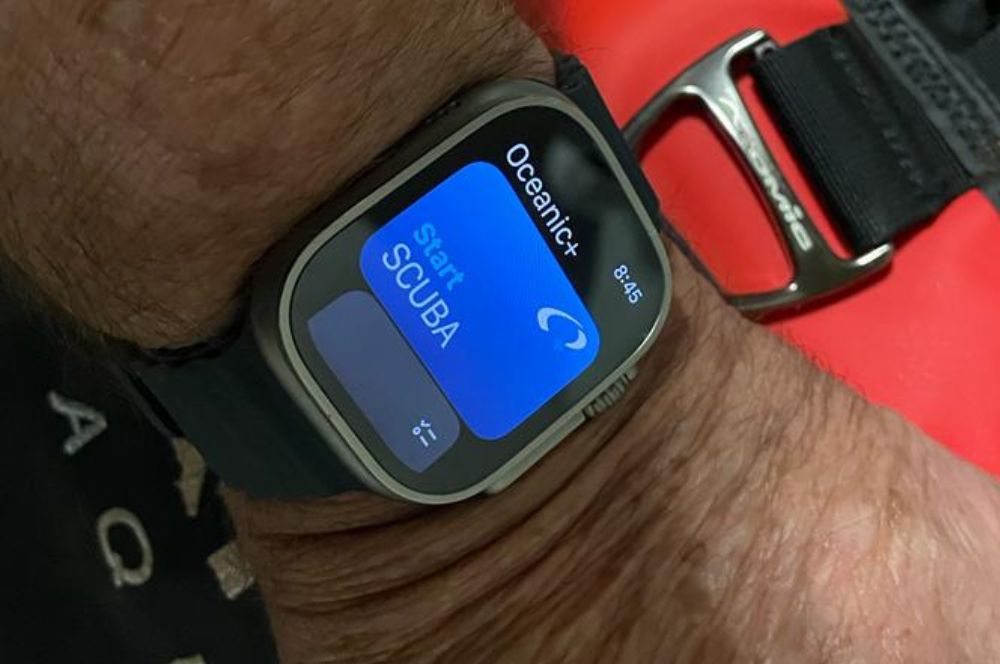
Buoyancy Control Device (BCD)
BCDs come in two main types: jacket style and back inflation. Back inflation BCDs offer air consumption and streamlining advantages, helping divers maintain a more horizontal position in the water. Research popular BCD brands and models, and properly fit and adjust your BCD for maximum comfort and safety.
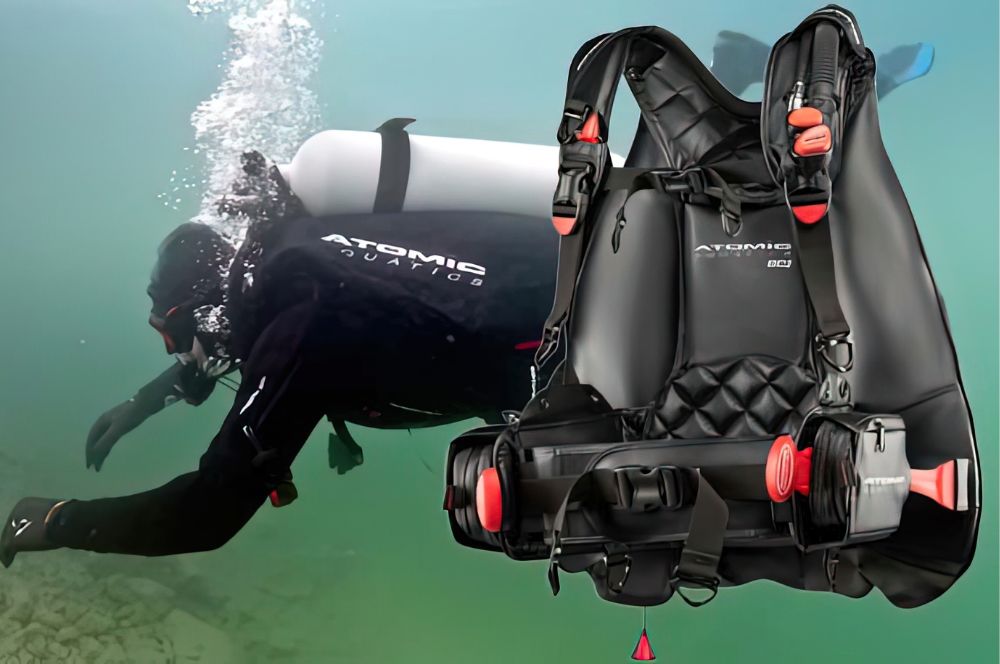
Wetsuit or Drysuit
Choosing the proper wetsuit or drysuit relies on water temperature, diving environment, and personal taste. Wetsuits grant thermal insulation and flexibility and are available in multiple thicknesses to match different temperatures. To find out which one is right for your dive session, use this guide to determine what degree of protection you need:
- If your water temperature is above 29°C, a wetsuit of 2mm or less will do.
- For the next colder range (29°C to 24°C), you'll need one between 2mm and 3mm;
- For 24-16 ° C - pick something between 3 mm and 5 mm; 16-7 ° C requires suits from 5 to 7 mm thick,
- In conclusion, a drysuit should be your go-to choice if the temperature is colder than this threshold.
With an array of options ranging from full suits, shorties and spring suits, wetsuits provide a spectrum of coverage and insulation to keep you comfortable in the water.
Unlike wetsuits, drysuits provide better resistance against water pressure and are suitable for colder temperatures - usually below 16°C. Crafted with sophisticated materials like trilaminate or crushed neoprene, they keep you dry underwater, enabling longer and deeper dives in frigid waters.
Use hoods, gloves, boots and a vest for an extra layer to take your thermal protection game to the next level. Doing some research first on available materials such as neoprene, crushed neoprene, and trilaminate can help you determine which wetsuit or drysuit is best suited for your dives.
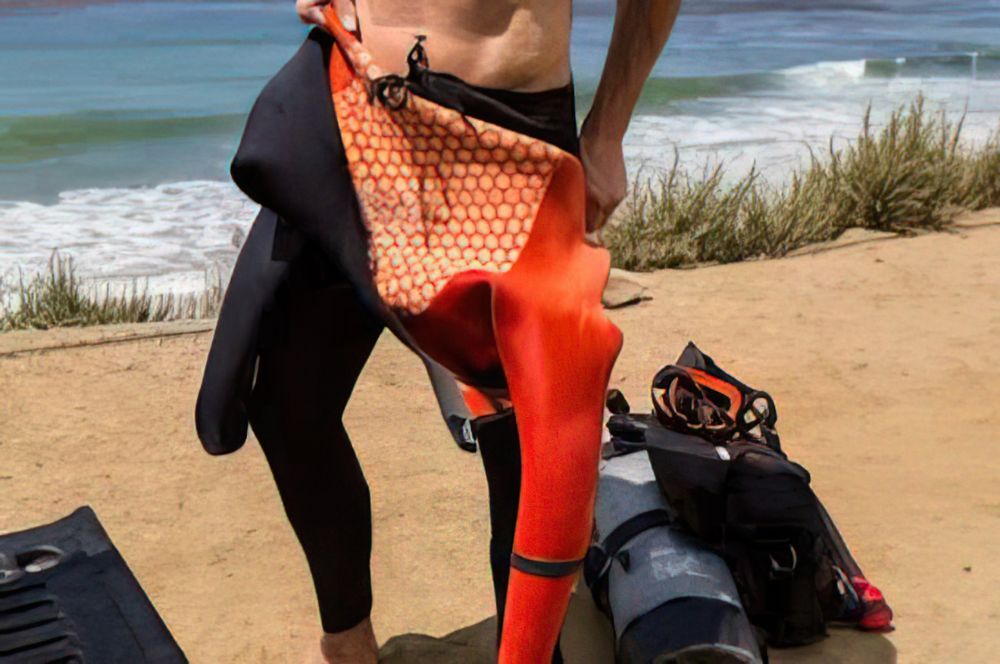
Dive Knife
When choosing a dive knife, it's smart to think about the kinds of materials used in its construction since they can affect strength and rust resistance. Stainless steel knives generally contain carbon content, influencing their hardness and corrosion protection properties. A higher carbon content implies that the blade will be harder but more vulnerable to oxidation; conversely, lower levels of carbon make for softer blades with increased corrosion-resistance capabilities. Regular maintenance and cleaning are essential to maintain your stainless steel diving knife unscathed over time!
Titanium-made dive knives offer many benefits, such as being lightweight, corrosion-resistant, and more dependable than stainless steel. Even though they cost a bit more, you can select the perfect knife for yourself according to your needs – whether it's a folding-, sheath-, or blunt-tip type. Take note of popular brands and models preferred by other divers to decide which one will work best for you. Lastly, don't forget that proper care and maintenance are essential if you want your knife to remain sharp and always ready!
Underwater Light
Whether planning a nighttime dive or touring your local cove's darker, deeper crevasses, an underwater light is essential for improving visibility. There are several types to select from—primary lights, backup lights and video lights being among these—and well-known brands that offer superior models should be considered when deciding which will best suit your requirements. However, regular maintenance, such as battery checks, must not be overlooked to maximise the performance and longevity of your chosen piece of equipment.
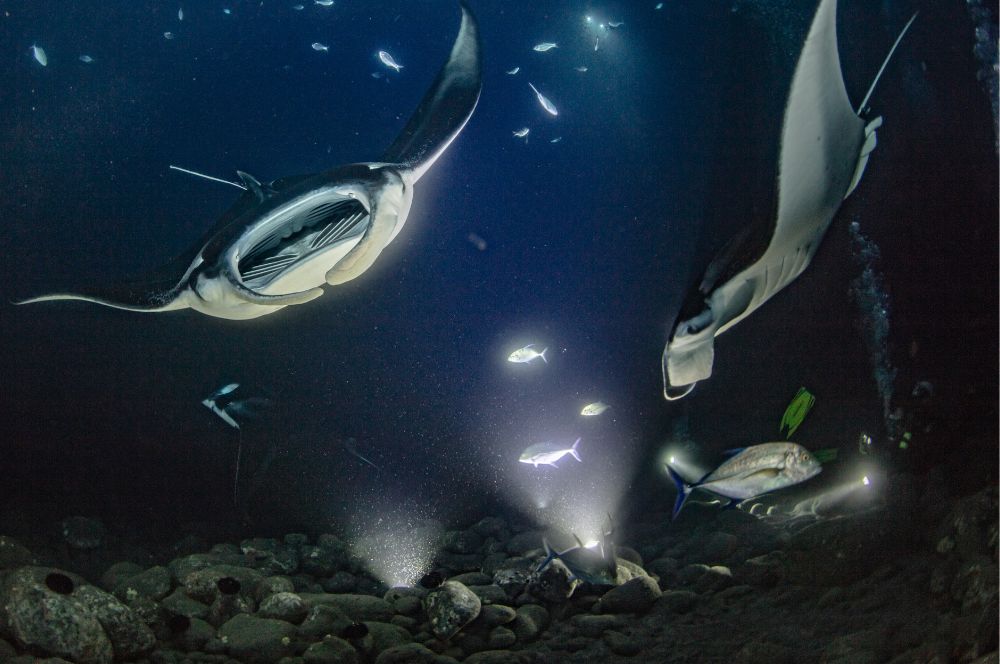
Tank Banger or Whistle
Having a tank banger or whistle helps you attract the attention of your dive partner or other divers in the area.. Other underwater signalling devices, such as rattles or shakers, can be useful. Always have a backup signalling device in case the primary one fails.
Surface Marker Buoy (SMB)
Whenever you dive, using an SMB (Surface Marker Buoy) as a signal device for boats and other divers is highly important. The assortment of options - including delayed and permanent versions – offer several advantages. Before settling on the most suitable one, it's good practice to survey popular brands that suit your needs best. When utilizing this buoy, follow proper deployment procedures for ultimate underwater security! I can personally testify how effective these devices are; while scuba diving at Magic Point I became embroiled in a current that carried me 2km within 30 minutes- but luckily my SMB allowed me to be located without any harm done!
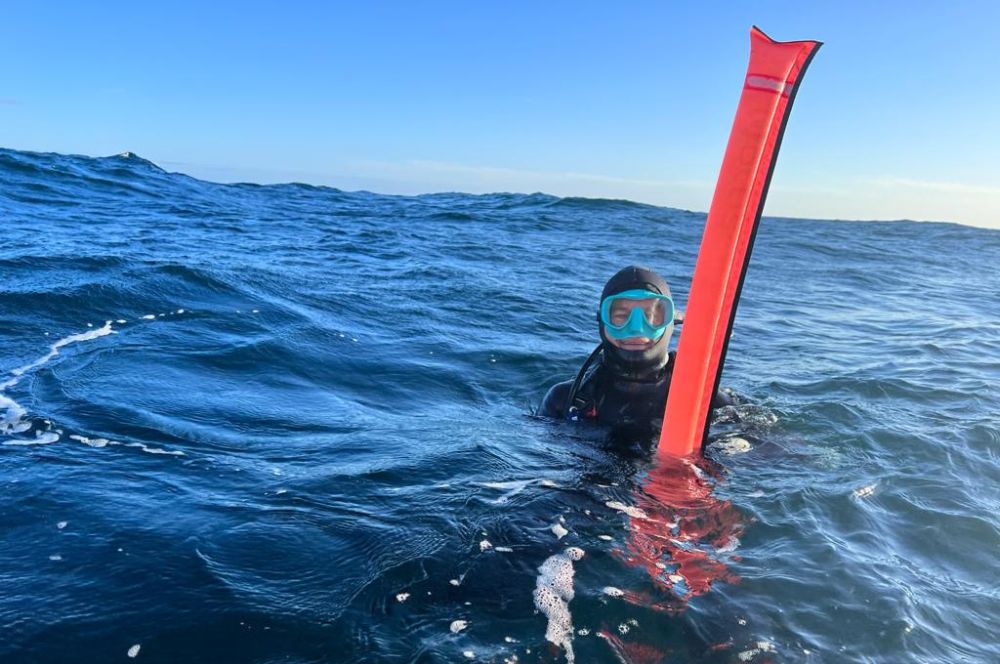
Importance of Quality Scuba Diving Equipment
Scuba diving is an awe-inspiring experience that everyone should have the chance to enjoy. The right dive gear is the most important factor in enjoying your dives and staying safe. Investing in quality scuba diving equipment such as dive computers, wetsuits, fins, and masks is paramount for a comfortable, successful dive. Start with the basics, build up to more advanced items as you progress through your dives, and increase your experience level. Now more than ever, plenty of resources are available for new divers learning their way around the sport. So don’t be intimidated – take the plunge today! And if you’re looking for a place to shop for all the essential scuba diving equipment you need, see one of our friendly dive instructors at our dive centre for advice on what items are right for you. With their assistance, you can go out confidently, knowing you have all the tools necessary to make your underwater adventure nothing short of amazing.
RELATED POSTS
-
Exploring the Depths with the Apple…

Exploring the Depths…
Exploring the Depths with the Apple Watch Ultra and Oceanic+| A New Era in Diving Technology Dive into an […] -
The Great Dive Fin Debate: Split Fins…
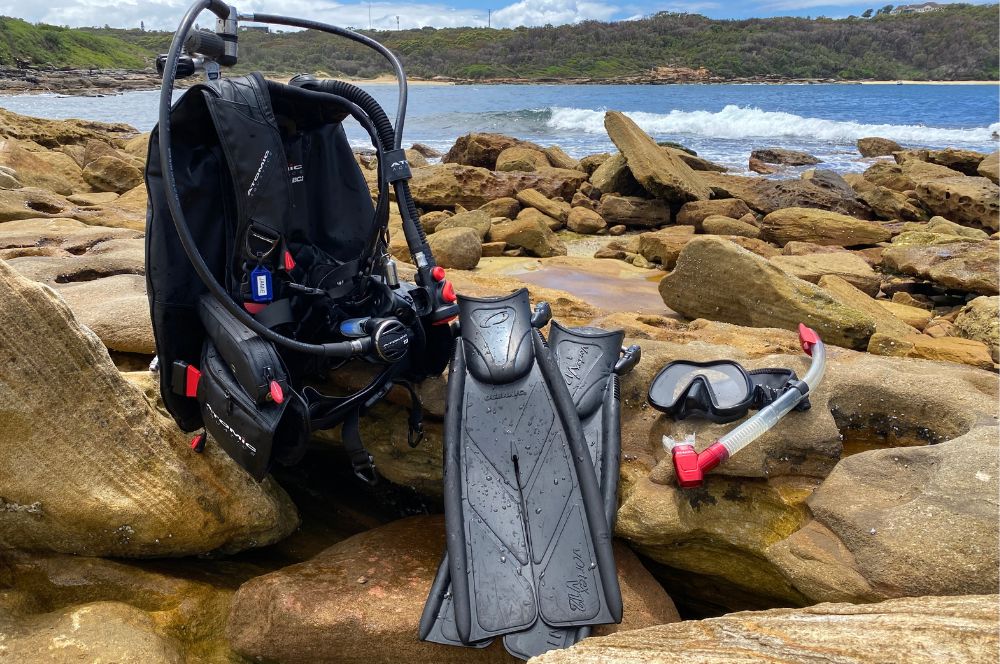
The Great Dive Fin…
The Great Dive Fin Debate: Split Fins vs Blade Fins Fins are one of the most essential pieces of equipment […] -
When to buy your dive gear | Abyss…

When to buy your dive…
When to buy your dive gear If you're interested in scuba diving, then we have all the best brands at a great price […] -
Guidelines for Scuba Diving Gear Hire in Sydney
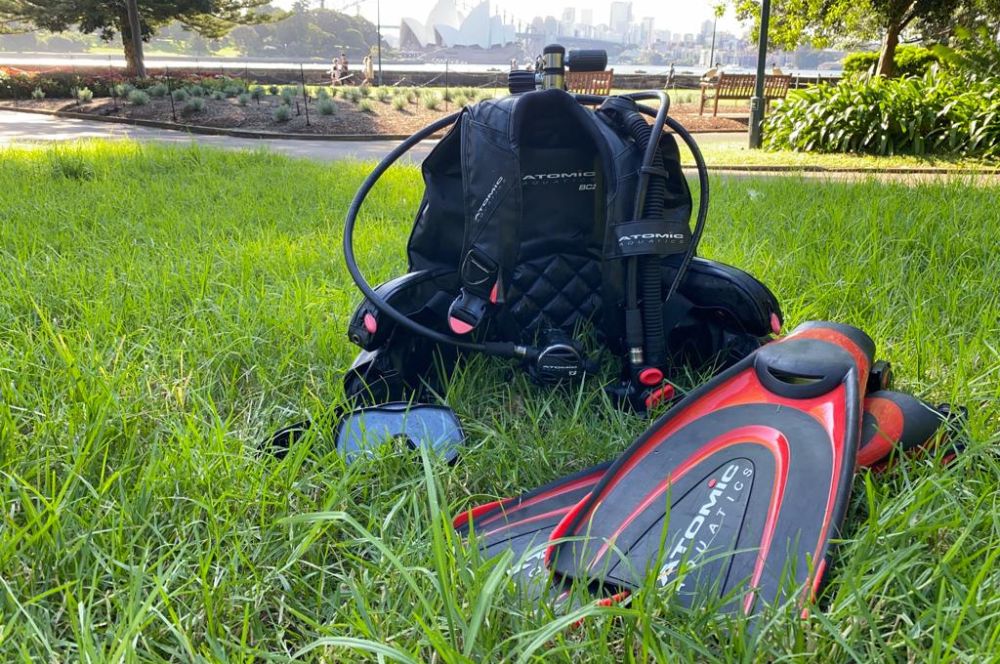
Guidelines for Scuba…
Guidelines for Scuba Gear Hire in Sydney Scuba diving is a fantastic way to explore the underwater world, […]
Recent Posts





